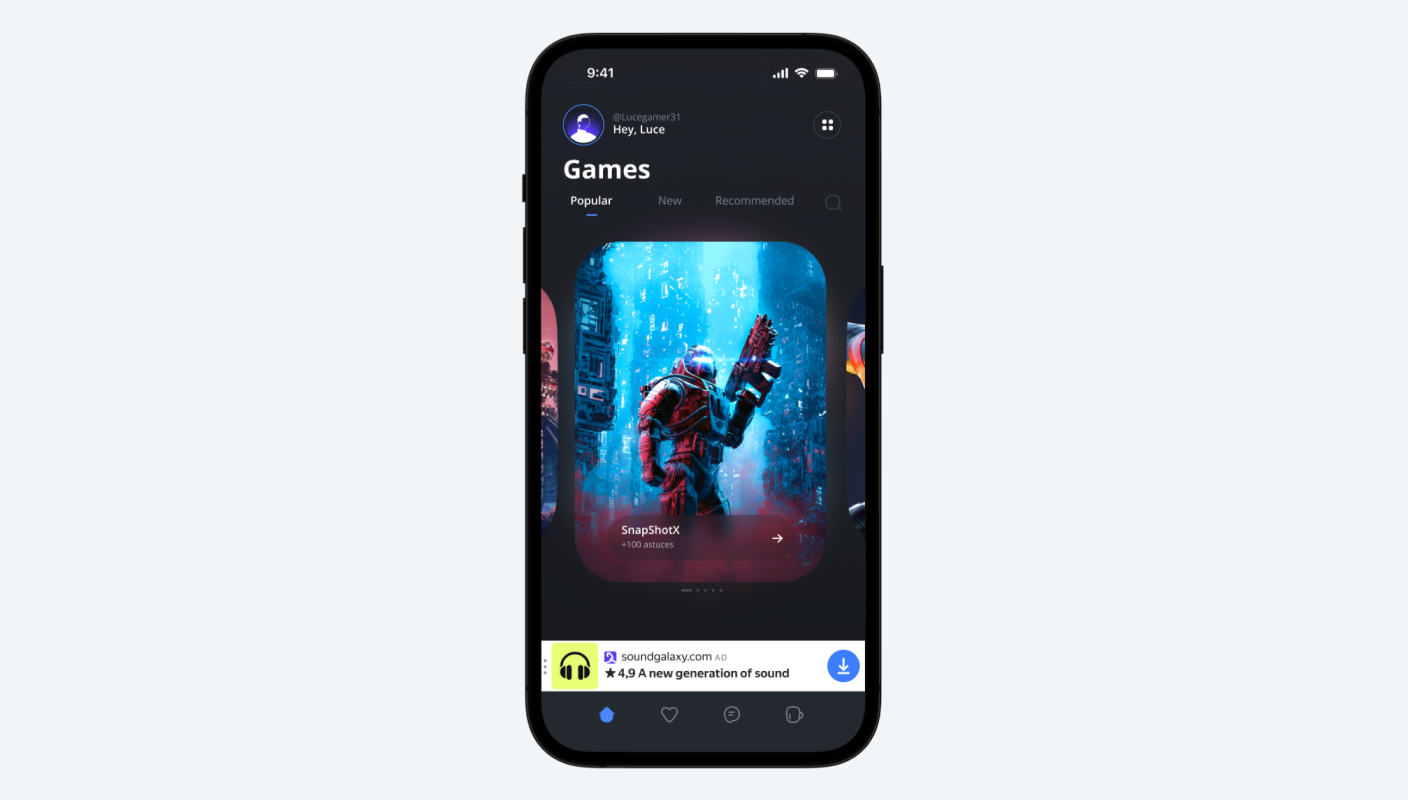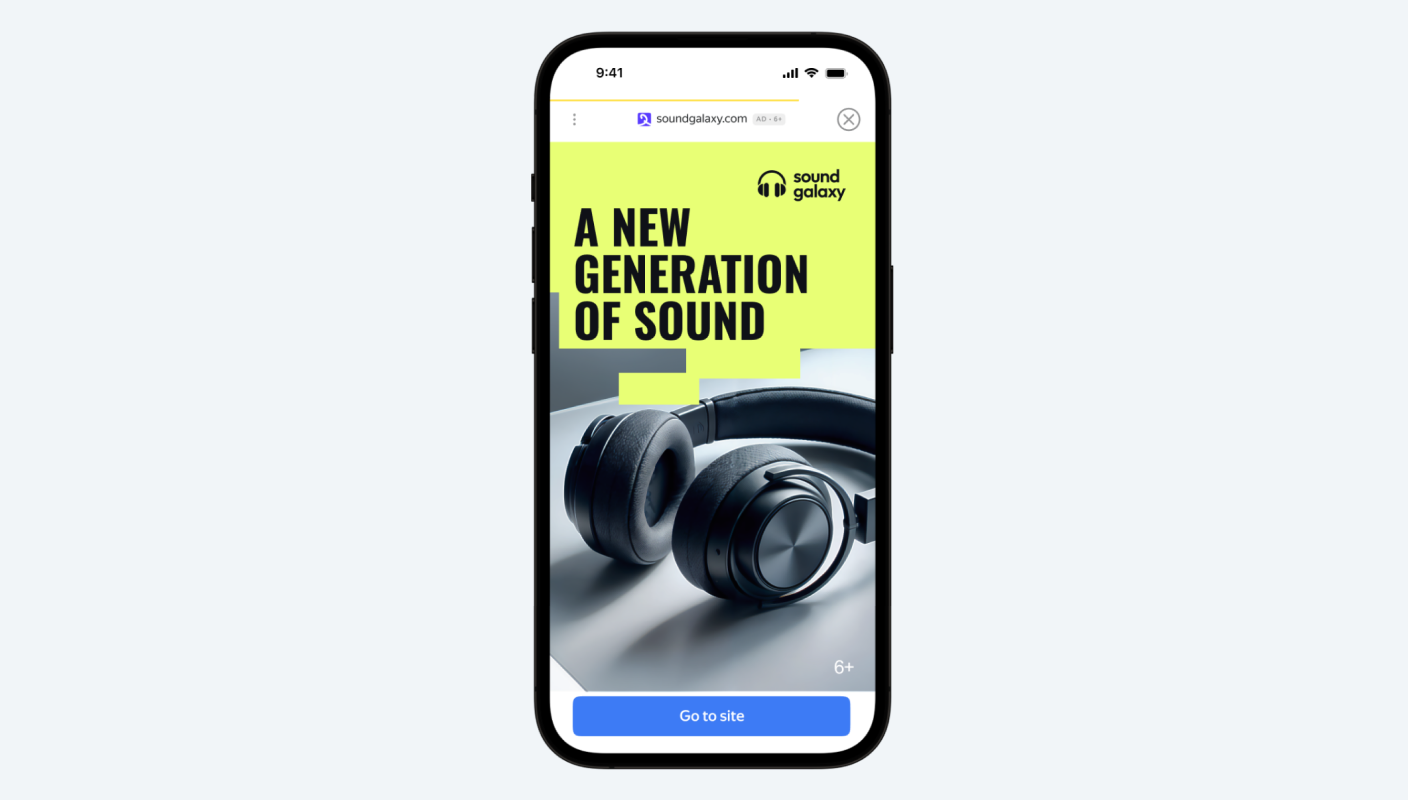Monetizing your android app: strategies that work in 2025


Ever wonder why getting users to pay upfront feels like pushing a boulder uphill? We all dream of an app that covers its own costs — and maybe even funds the next big idea. But unless your logo sits alongside giants like Netflix or Spotify, asking for money at the door isn’t easy. Users today expect value first, payment second.
Still, with billions of Android users spending almost 5 hours on mobile daily, there’s plenty of room to earn — if your monetization model fits. From creative advertising formats to flexible payment methods, knowing your audience is key. Products like Yango Ads App Monetization help developers build monetization into their apps from the ground up and grow faster because of it.
Android App Monetization Features
When it comes to reach, Android holds the crown. While its eCPM rates trail behind iOS, the sheer traffic volume more than compensates. The real strength of Android lies in its scale and flexibility.
Developers still benefit from GAID (Google Advertising ID) for user targeting, although privacy changes are on the horizon. On the monetization side, Android supports a broader spectrum of advertising formats, giving developers freedom to choose what best fits their content and user base.
Unlike the Apple App Store, Android offers multiple distribution routes. The Google Play Store remains the default, but alternative stores — especially in markets like China and India — unlock even more reach. Add to that relaxed platform policies, support for alternative payment methods, and easier integration of third-party SDKs, and it’s clear: Android favors a mass-market monetization approach.
For developers focusing on ad-driven income, Android offers an ecosystem built for volume. Combine that with a hybrid model, and the opportunity to generate revenue grows with every install.
Below, we’ve summarized the main features that define Android app monetization:
|
Factor
|
Details
|
|
Ad Revenue (eCPM)
|
|
|
User Tracking
|
|
|
Ad Formats
|
|
|
Monetization Models
|
|
|
App Distribution
|
|
|
Platform Policies
|
|
|
Recommended Approach
|
|
|
Summary
|
|

Ready to scale your app with smart, non-intrusive monetization?
In-App Advertising Way
Most app users won't reach for their credit cards — but they will tap an ad. That’s why for most Android developers, in-app advertising remains the most practical way to monetize apps. The cost of acquiring paid app users is rising, and only a fraction of users ever make in-app purchases. Ads offer a more predictable and scalable route to revenue. Global digital advertising spend continues to climb — and more than 60% of it now goes to mobile advertising.
It is that simple: ads can be integrated with little friction, scale with your app's user base, and generate income from users who never convert otherwise. Whether your app is a tool, gaming app, or niche service, ads deliver ongoing returns without placing a price barrier upfront. Most in app ads on Android are non-intrusive and highly customizable, making them suitable for a wide range of applications.
Main Types of Ads
In Android mobile app monetization, a mix of ad formats keeps user experience intact while maximizing earnings. The most common include:
- Banner ads — Slim placements at screen top or bottom
- Native advertising — Seamlessly integrated into content flow
- Full screen ads — Interstitial ads shown at natural breakpoints
- Video ads — Short videos, often skippable or with interactive prompts
- Rewarded video ads — Users watch to unlock content or features
- Interactive or gaming ads — Mini-games or swipeable experiences that feel less intrusive
Each format has its place depending on app type, audience behavior, and flow. Mixing formats is often key to balancing mobile app monetization strategies with user retention.
Discover where digital advertising is headed next
Advertising Revenue on Android
More users, more impressions, more chances to earn — that's the Android game. On the Android side of the mobile world, traffic isn’t just important — it’s everything. While eCPM rates are modest — $8-15 for rewarded video and $4-8 for interstitial ads — the volume of impressions more than makes up the difference. In high-growth markets, where Android dominates, this model becomes especially effective.
Developers leverage diverse ad formats to match user behavior, optimizing placement for better engagement and retention. Instead of relying on a few big spenders, Android apps earn by reaching many.
Optimal Monetization Strategies for Android
If there were a magic formula for app revenue, every developer would be rich by now. But real success on Android comes from experimenting, adjusting, and finding the right balance. There’s rarely a one-size-fits-all model. Most developers lean into hybrid monetization — combining different monetization strategies. This strategy fits Android perfectly, where massive reach lets margins grow steadily over time. Up next, we’ll break down the smart monetization methods driving ARPU (Average revenue per user) growth in 2025.
Freemium
The freemium model is a classic for a reason. It gives free users a taste of your app’s basic features, while placing premium tools or content behind a paywall. Many freemium apps use subtle prompts to upgrade, showing value before asking users to commit financially. It’s a digital update to the old shareware model: try before you buy. A good example might be a to-do list app that allows unlimited tasks locally but requires payment for cloud sync or cross-device support.
This model thrives on transparency. If users see value in the upgrade, they’ll convert. If they don’t, they stay — and still contribute to app revenue through engagement or ad exposure. By offering a limited functionality preview of the full version, you build trust, reach more users, and keep monetization flexible.
Subscription
Subscription-based monetization is on the rise — especially for Android. Actively backed by Google, this model supports recurring revenue from engaged subscribers. It’s often layered on top of freemium models, where users can explore free features before choosing to upgrade.
In app monetization, the subscription model is ideal for content-rich tools — think language learning, wellness, or productivity apps. With regular charging, developers gain financial predictability, while users get continual access to value. The key is offering meaningful, updated content that justifies long-term commitment.
Premium Apps
While many app users gravitate toward free apps, there's still room for premium apps — those that require users to pay to download upfront. This monetization approach works best for apps or games with a clear niche or unique mechanics, such as a curated recipe book or an offline strategy game.
Although demand has declined, Google Play still supports the model, offering automatic pricing adjustments based on the user’s currency. For developers with strong branding or a loyal audience, premium pricing remains a viable option — especially when paired with high-quality content and frequent updates.
Affiliate Marketing
Affiliate marketing lets you monetize without selling your own product. Instead, your app promotes third-party products or services, and you earn a commission on every purchase made through your referral.
This strategy works best in niche markets. Think fitness apps recommending equipment, or finance apps suggesting investment tools. When your promotions match your audience’s needs, targeted promotions can feel helpful rather than invasive — and deliver consistent earnings over time.
Sponsorships and Partnerships
For apps with an engaged user base, sponsorships can offer a substantial revenue boost. By partnering with brands to offer sponsored content or exclusive features, developers can monetize their apps while delivering value to users.
This approach shines in lifestyle, fitness, or education apps — where user trust and alignment with brand values matter. Strong partnerships not only bring in money but also boost credibility.
Mixed Monetization Strategy (Hybrid Monetization)
Why choose one strategy when you can combine them? A mixed monetization strategy blends formats — like a game with built-in purchases, where users can watch videos for rewards, or a paid app offering additional items or features for microtransactions.
This method combination allows developers to reach more users, upsell premium features, and maximize overall revenue. It also makes it easier to test what's working, track metrics, and evaluate business health over time.
Yango Ads products (App monetization and Ad Network) support hybrid models offering tools to experiment without rebuilding your entire app monetization stack.
Future Outlook for Android Monetization
The Android ecosystem remains fertile ground for revenue — but it’s evolving fast. Developers currently benefit from GAID for ad targeting, but privacy trends suggest that change is coming. Restrictions on data usage are likely to tighten, echoing broader global shifts.
To stay ahead, developers should explore hybrid approaches — combining in-app purchases, ads, and subscriptions to diversify income. The advertising evolution will favor strategies that respect privacy while still delivering personalized value. Yango Ads products are already evolving with these changes — giving developers the tools they need to future-proof their revenue strategies.

Choose App Monetization by Yango Ads
Best Practices for Successful Monetization
A strong monetization strategy isn’t just about inserting ads — it’s about understanding what keeps app users coming back. Start with a seamless user experience. Avoid ad overload, which can drive uninstalls. Use market research to identify how your users think, spend, and behave.
To make your strategy truly work:
- Prioritize usability — Monetization should never interfere with navigation or content
- Use analytics — Tools like Yango App Analytics help optimize ARPU and retention
- Test continuously — A/B test pricing, placements, and upsell timing
- Gather feedback — Use surveys or beta groups to fine-tune monetization before wide release
- Benchmark competitors — See how other mobile apps monetize within your app niche
This combination of data, design, and feedback is what separates successful apps from the rest — keeping your app profitable without breaking user trust.
Conclusion
From banners and native ads to video cut-ins, interactive ads, and full-screen ads, Android offers developers unmatched flexibility in app monetization. Whether you’re building around in-app purchases, offering a freemium experience, launching a subscription system, or unlocking premium features through paid content, your strategy must align with your users and goals.
Some developers thrive with commission models like affiliate links; others combine methods into a mixed model. The key is having the tools — and the insights — to act with confidence.
If you're an Android app development company or solo dev aiming to streamline this process, look no further than Yango Ads. Tech-driven platform helps you launch an effective strategy fast without compromising the experience your users expect.

Monetize smarter. Test faster.
FAQ
How do I monetize my Android app?
Start with a defined app monetization strategy. Popular approaches include ads, subscriptions, and in-app purchases. You can also use android free app monetization by offering the app for free while earning from ads. The best app monetization method depends on your audience and content.
Can I make money with Android apps?
Yes, many developers earn through mobile app monetization strategies like freemium models, affiliate marketing, and hybrid approaches. A well-planned model paired with strong user retention can generate consistent income over time.
How much money can I make from an Android app?
Revenue varies based on app type, audience, and ad network strategy. A solid mobile app monetization setup using video ads or IAPs can significantly increase ARPU, especially in high-volume markets.
How is Android monetized?
Android app monetization strategies rely on several models, including ads, in-app purchases, and paid downloads. A paid app monetization offers upfront pricing, while a hybrid model combines income sources.


